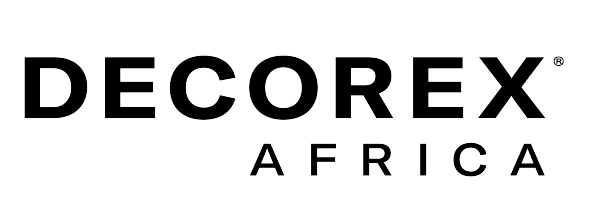By Chris Reid
There’s a principle called Amara’s Law that’s worth bearing in mind when considering any digital trend. It’s a simple one, and states that we tend to overestimate the effect of new technology in the short run, and underestimate it in the long run. As soon as any new platform or possibility emerges, there’s a rush to apply it to everything and anything, but it we have to wait for the initial hype to burn away to see what’s left. NFTs (Non-Fungible Tokens) fall into this space right now. Even though the first one was created in around 2014, they only properly entered mainstream consciousness in 2020. The idea of owning digital assets had been simmering for a while already, but this three letter initialism seems to have been the mass tipping point – especially now that it is being applied to virtual property.
